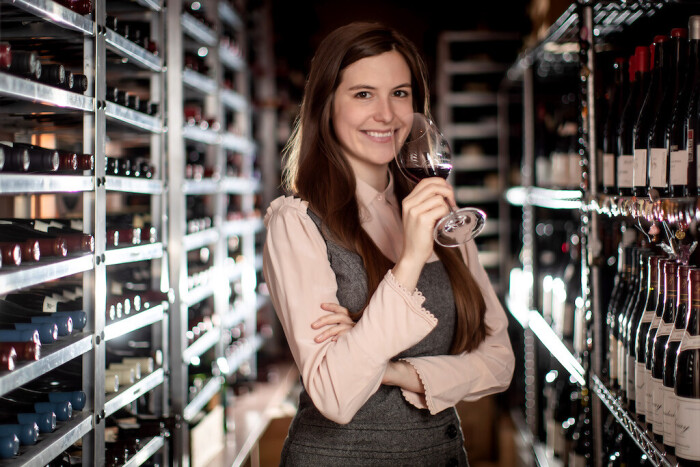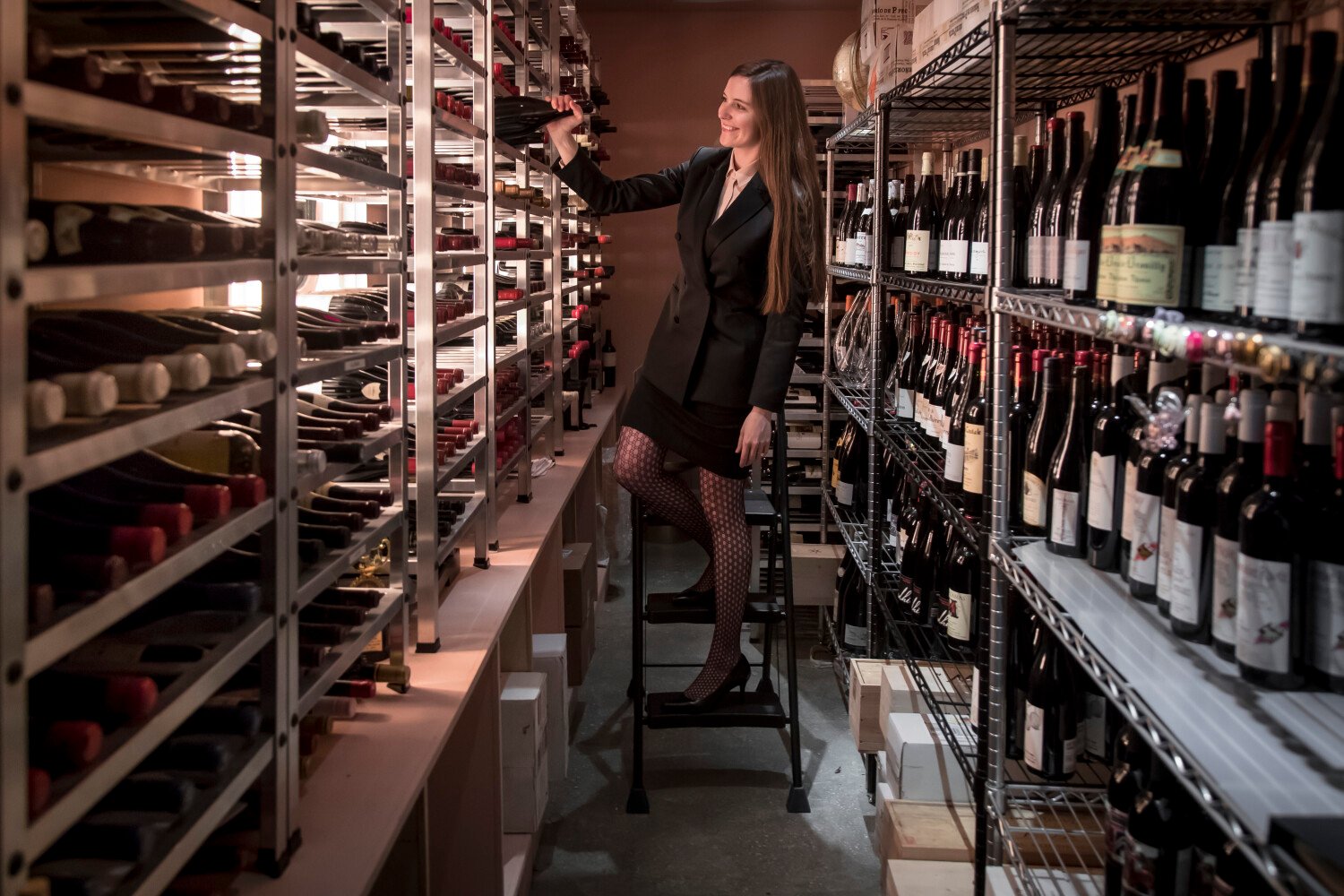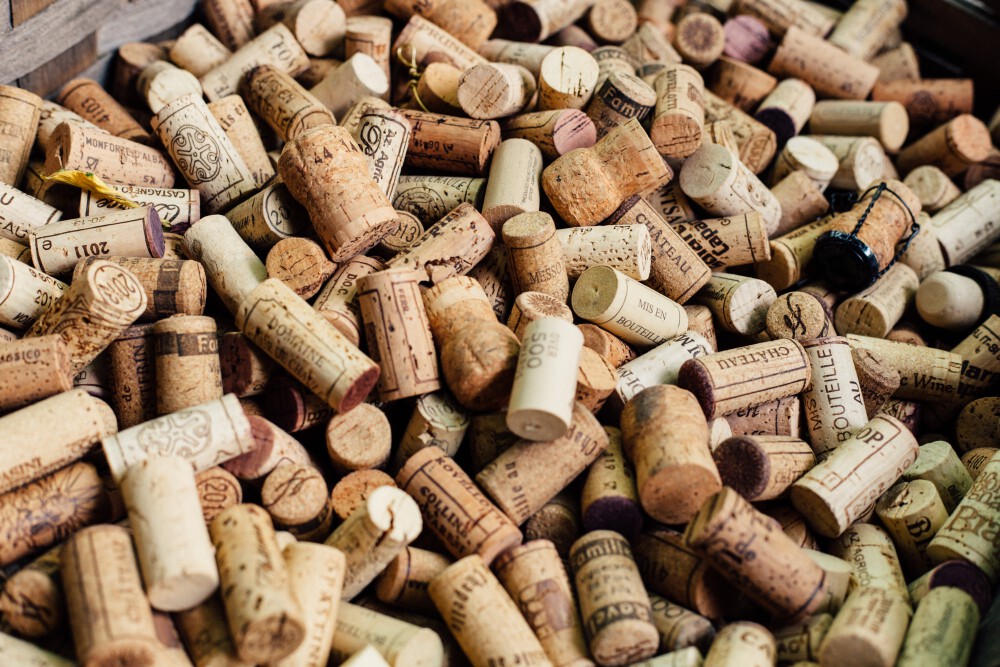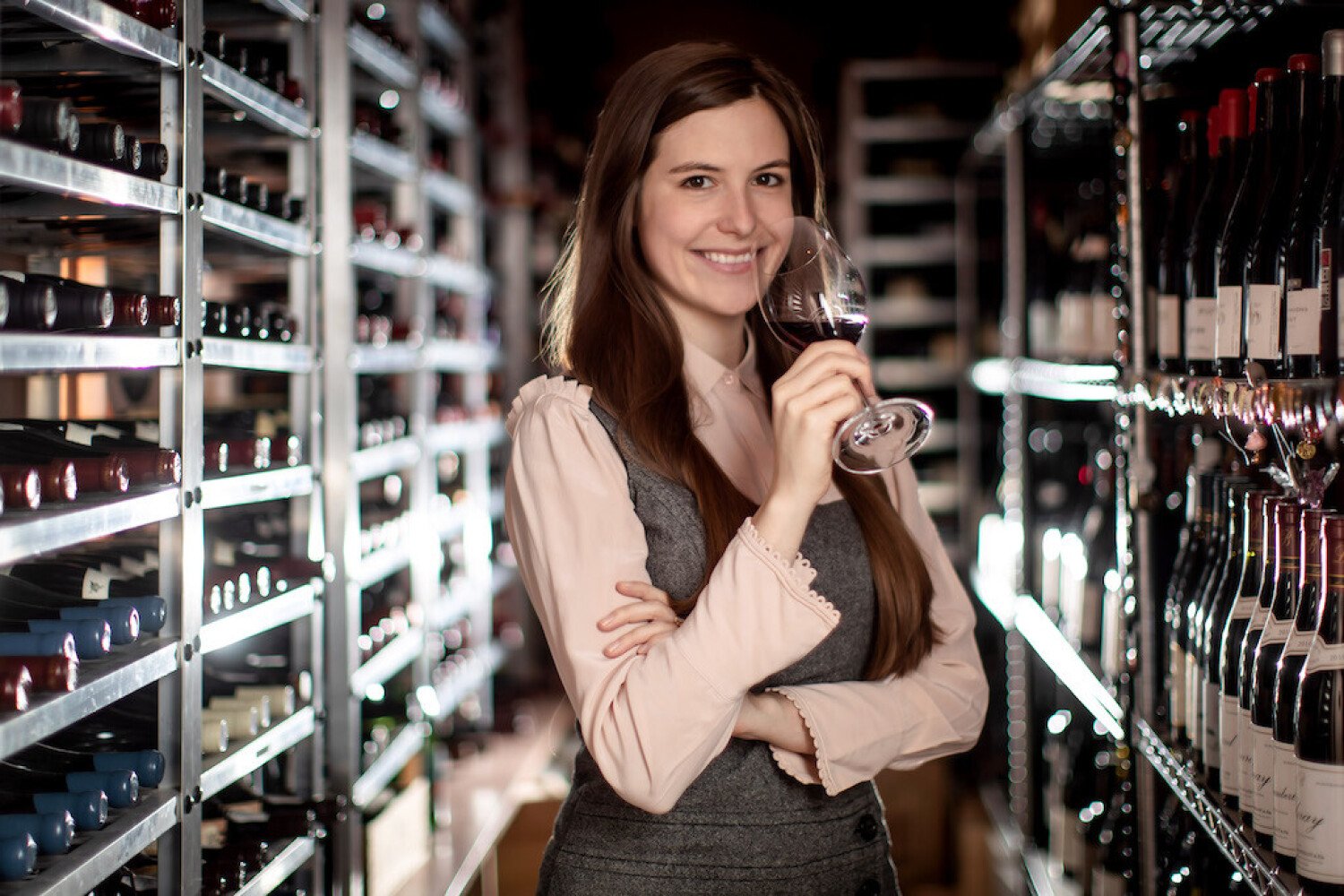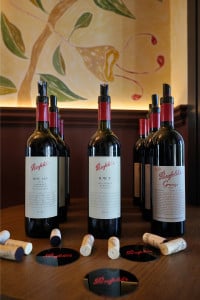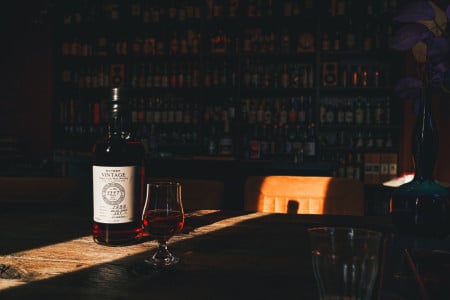Which colleagues in the wine industry do you admire?
Too many to list here, so I will just name a few people that really impressed me in 2020. All of these persons I admire because they have strong visions for what type of place they want the wine world to be and they do the work to make sure this comes to fruition. Julia Coney, Amy Zhou, Cynthia Cheng, Jane Lopes, Shakera Jones, Tahiirah Habibi, Rita Jammet and all of the survivors that came forward with us for the NYT article, Cathy Corison, Tara Gomez, Mia Van de Water, Tonya Pitts, Belinda Chang, Alpana Singh, Gabriela Davogustto, Sarah Fernandez, Lee Campbell, Laura Fiorvanti, and Cha McCoy.
We often ask about the biggest wine faux-pas someone has experienced in a restaurant. In your memoirs Wine Girl, you describe more than we could mention here. To name a few examples from your book: the Michelin-starred restaurant guest that stole áll the wine glasses from the table, another lady who ordered a glass of rosé but was upset to see that there weren’t any expensive rosés on the by the glass list, so she instructed to mix some (white) DRC Montrachet with a splash of Lafite Rothschild… And - and this is where the title from your book comes from - guests who didn’t take you seriously (or worse) as a young, female sommelier: ’Oh, the wine girl. I guess they only send over the real sommelier when you buy big bottles.’ What would you say is the biggest faux-pas of all?
I think the biggest faux-pas a guest can make is forgetting that the people that serve them are people. Recognizing someone’s humanity and a bit of kindness goes a long way.
Could you tell us about your most memorable wine moment of all time?
There isn’t just one, but I can say my most memorable wine moment of this year so far was pouring Champagne for a room of (socially distant and COVID-tested!) guests just after midnight in Miami, Nas was performing, and everyone was just so taken away by the music and the drink that for a moment it almost felt like we weren’t in a pandemic. Wine like music and art can do that, it unburdens our consciousness and let us live in the moment, it’s a beautiful thing.
Except for Cote of course, what are your favorite places in New York City to wine and dine? Where would you take us - let’s imagine that all of this is over - on a food and wine tour through the city?
There are so many great places, that I really hope make it through this pandemic (ahem, government assistance please!!)—some of my favorites are King, Special Club, Crown Shy, Vini e Fritti, Sorbillo, Bemelman’s Bar, La Grenouille, Rezdora, Atomix, Thai Diner, The Odeon, Wu’s Wonton King, Peking Duck House, Barney Greengrass, Casa Mono, Nom Wah, Sushi Noz, Café Sabarsky, Lexington Candy Shop, Clay, Roman’s, and Lucali’s.
You have travelled a lot and have seen much of the wine world. Which wine region has made the biggest impression on you and why?
All of the places I’ve been have a bit of my heart, but what consistently makes an impression on me are the people behind the wines, the vignerons that tend to their land. This seems to happen with every producer I visit that makes wine with that sense of purpose. It can probably be best summed up by when I was on Mount Etna, in Sicily, I met with the winemaker at the tiny Vigneto Vecchio who put it quite simply, “I hope you leave with the impression of simple people, in an extraordinary territory, who are looking to explain their land, through wine.”
Is it true you are growing Pinot Noir on your New York apartment fire escape? When can we taste your wine?
Ha! Oh, my goodness, that Pinot Noir plant only lasted two vintages and then unfortunately it met an untimely end when my uptown NYC apartment was broken into. In the robbers haste to climb in through the fire escape and steal my belongings they knocked the vine down five flights and into the dumpster below. I was away at a food and wine festival in California so when I came back I think I was most upset not about my jewelry or computer but that the vine had already been taken out with the trash! I suppose we will never know if the Manhattan terroir would have yielded decent wine.
Wine Girl ‘The Trials and Triumphs of America's Youngest Sommelier’ is published by Harper Collins.


